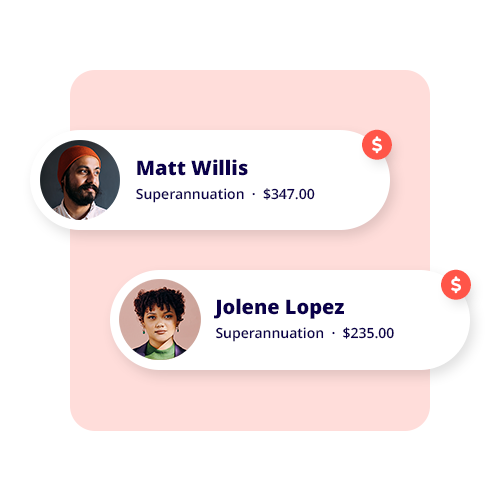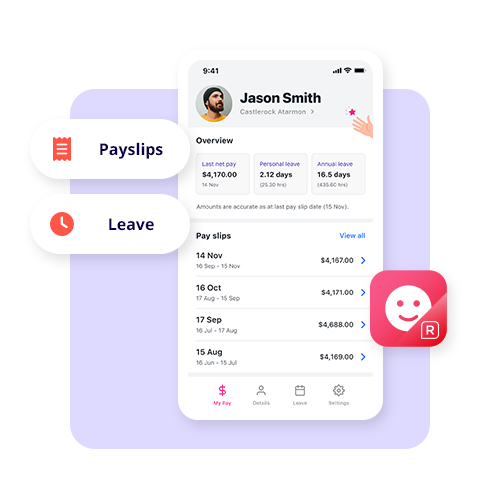TABLE OF CONTENTS
When you’re launching or growing your small business, a really smart move you can make is to carve out a specific market niche. Instead of trying to be everything to everyone, setting your sights on a defined slice of the market will let you stand out among the rabble and better serve your customer base – especially if you’re up against bigger businesses with much deeper pockets.
But what exactly is a market niche, and how do you carve one out that works for your business?
Niche (meaning and definition)
A market niche (noun) is a segment within a larger market that is defined by the needs, preferences, and/or identities of a set group of customers. Rather than targeting a broad audience, businesses instead take a niche focus on a specific customer base or product category.
Be aware that a niche doesn’t have to be small – it just needs to be targeted. Pet services are a large market, for example, but grooming services for large-breed, anxious dogs? That’s a niche.
Market niches are typically shaped by things like:
- Demographics (e.g. age, gender, income, location, cultural background).
- Psychographics (e.g. values, lifestyle, behaviours, aspirations).
- Firmographics (for B2B markets – things like industry, company size, business structure).
Examples of niche markets
Niche markets are everywhere – you’ve probably come across dozens without even realising it. Everyday instances of a specific niche could be:
- Products for left-handed people: From scissors to notebooks, this is a market that solves real usability problems for a very specific group.
- Eco-friendly baby products: Aimed at environmentally conscious parents who are hyper-selective about what they buy for their kids.
- Tax accountants for creatives: Having mastered the financial needs of actors, musicians, artists, authors, and creative freelancers.
- Imported food stores: Catering to immigrants or expats looking for a taste of home.
- Mobile grooming for elderly pets: Solves a niche need by bringing the service to owners who can’t travel easily.
Niches don’t just exist in retail and service-based businesses. They can be geographic (e.g. chauffeured vineyard tours in a wine region), lifestyle-based (e.g. minimalist homewares), culturally specific (e.g. wedding planners for specific faith communities), and so much more.
Why focus on a niche?
1. Easier to stand out
In a crowded market, it’s easier to cut through the noise when you’re speaking to a specific audience. Your marketing becomes more aligned and your messaging is clearer. Hopefully, that means your product or service will also be more memorable.
2. Cheaper marketing costs
Targeting a niche means you can zero in on a specific channel or community, rather than spreading your marketing budget thin trying to reach everyone.
3. Customer loyalty
When customers feel like a product or service was made just for them, they’re more likely to return – and tell others where to find you.
4. Perceived value
Niche products and services can command higher prices, especially if they are imbued with expert knowledge or solve a very specific problem.
5. Simplified business operations
Instead of juggling multiple offerings or trying to please a wide audience, you can spend your time refining and improving a narrower range.
Potential downsides of a niche
Serving a smaller audience means your total addressable market might be capped. So it’s important to do your due diligence on whether there are enough customers to sustain (and grow) your business.
There’s also less room for error. In small markets, for example, poor reviews or bad customer experiences can travel fast and hit hard. Plus, you’re more vulnerable to trends. A niche built on a trend can very quickly dry up when interest fades, so keep an eye on emerging changes in your customer base.
Finally, be aware of the higher unit costs for running a niche business. You might miss out on economies of scale, especially in manufacturing or distribution. That said, many niche businesses overcome these hurdles by developing loyal communities and charging premium prices.
5 ways to find or build your market niche

Some businesses start with a niche in mind. Others discover theirs as they grow. Either way, a few steps can help you shape your own niche:
- Spot an unmet need: Pay attention to gaps in service or frustrations with current market offerings. Are there people being overlooked by the mainstream market?
- Know your strengths: Your niche should be what you’re good at – or what you’re willing to become an expert in. Specialisation adds value.
- Do your research: Test your assumptions with real data. How big is the audience? Are they willing to pay for a new/better solution? Who else is already serving them, and how can you differentiate?
- Start small and test: Before going all in, pilot your idea with a minimum viable product or service. Gather feedback and refine your offering, then scale up once you see traction.
- Build your community: Use social media and targeted content to connect with your niche audience. Encourage word-of-mouth and customer referrals – both are powerful in small markets.
Can you outgrow a niche?
Absolutely. Many successful businesses start with a tight focus, then expand into broader segments as they grow. Think of it as laying a strong foundation. Once you’ve built trust and proven value in one niche, it’s easier to grow into others.
A market niche can – and, if done correctly, will – help you stand out and run leaner operations while delivering greater value. Indeed, finding your niche could be the best move your business makes. And in a world where consumers crave personalisation and authenticity, it might just be your biggest advantage.



















































